The Holy Cross Monastery in Rostock is an important historical site in northern Germany with a long history. Walking along the ramparts, you can discover the site and find some beautiful quiet places for a break.
Holy Cross Monastery
In 1270 the Holy Cross Monastery was founded by Queen Margaret of Denmark, the wife of Henry Borwin III, the Prince of Rostock. It originated as a Cistercian convent dedicated to the veneration of the Holy Cross. Around 1300, about 20 nuns lived in the monastery. However, the influx was so great that as early as 1354 the number of residents had to be reduced.
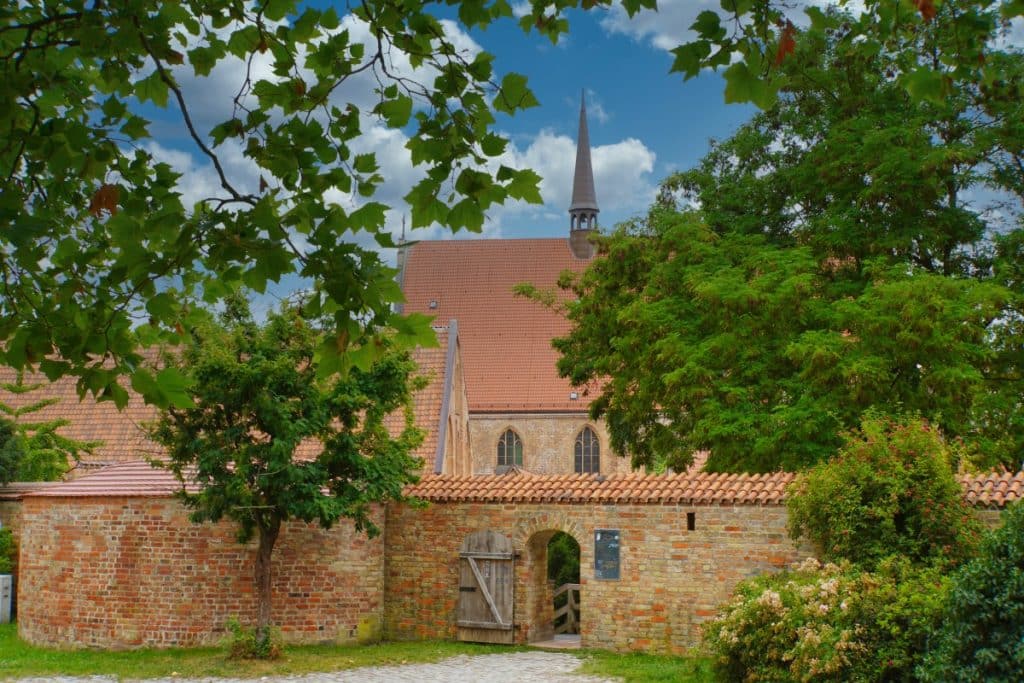
The monastery was economically successful. The landed property and the income grew continuously. In the following years, numerous buildings were erected, including the monastery church, the cloister, the chapter house and other farm buildings. The south wing, for example, was built around 1307 and initially served as a dormitory and also had lounges and meeting rooms. A west wing, built in the 1st quarter of the 14th century, was used by the nuns as a winter refectory and the summer refectory and dormitory.
Time of the Reformation
The Reformation movement began in Rostock in 1524. In 1531, the city council decreed that in the future only Lutheran preaching was allowed and that the monasteries were to be closed.
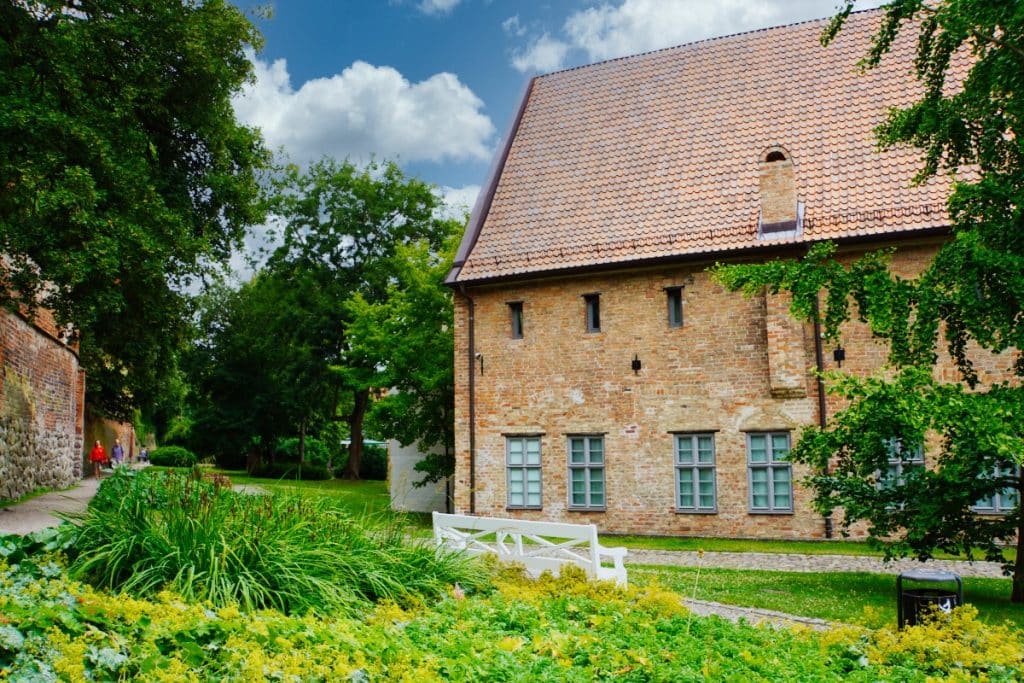
The existing monasteries disappeared, only the Cistercian nuns resisted the reform. In 1584, by an inheritance contract between the dukes of Mecklenburg and the city of Rostock, the monastery was transformed into a Protestant convent for unmarried daughters of Rostock families and Mecklenburg nobles.
A new constitution was introduced with the convent order of 1586, which regulated the life of the conventuals. Since 1605, the Holy Cross Convent provided living space for 20 conventual ladies, who took a vow upon admission and brought in a dowry of at least 100 talers.
Initially, the nuns used the sleeping cells of the former nuns, but gradually apartments with several rooms were built within the cloister, which the residents could furnish according to their taste.
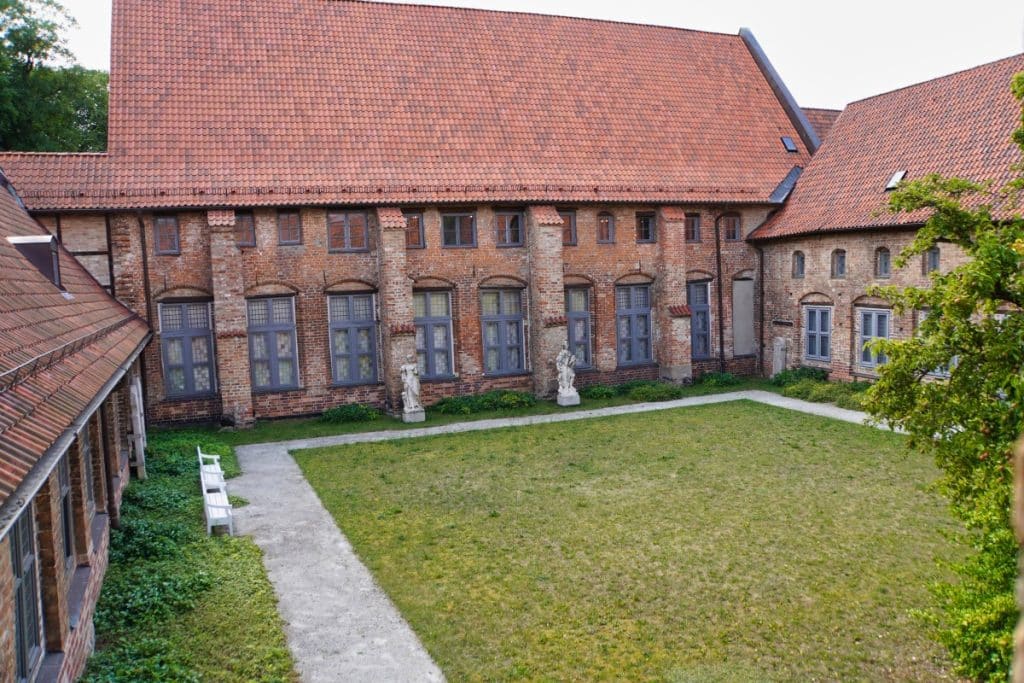
Closure of the monastery
In the 17th century, the economic situation in Mecklenburg deteriorated and thus also for the monastery. In the 18th and 19th centuries, the property continued to shrink. Finally, the Holy Cross Monastery was closed in 1920 and the property was confiscated by the Free State of Mecklenburg-Schwerin. The nuns who lived in the monastery at that time retained their lifelong right of residence.
During the Second World War, the Holy Cross Convent in Rostock was severely damaged. After the war, the state rebuilt it and reconstructed it in its original form.
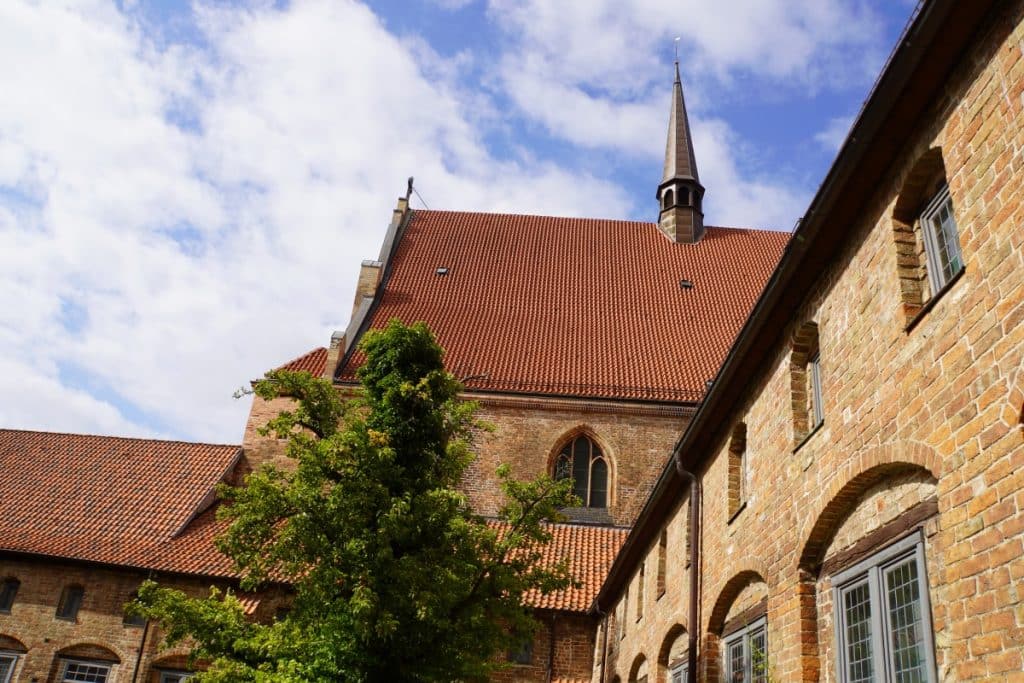
Since 1960, the monastery has housed the Cultural History Museum of the City of Rostock, which presents an extensive collection of art and cultural objects from the region.
Walking through the museum, you get a good impression of the monastery building. It is possible to look into the courtyard of the cloister, the refectory and the monastery church.
Visit to the Rostock Museum of Cultural History
The Rostock Museum is one of the oldest museums in northern Germany. It houses one of the most important collections in the state with its cultural and art history collections ranging from painting and graphic art to handicrafts, coins, furniture, militaria, everyday culture and archaeology.
Originally, the interest in fine arts in the city began in 1841 with the Rostock Art Society, which organized exhibitions of fine arts. In 1852, a group of citizens joined together in an association for the foundation, increase and preservation of a collection of art objects for the city of Rostock. This expanded the basic idea of the Kunstverein and worked both to create a permanent art collection and to exhibit it. In 1858, the association was able to acquire a building in which they displayed a permanent art exhibition. The acquired works of art were inalienable property of the city and made accessible to everyone free of charge.
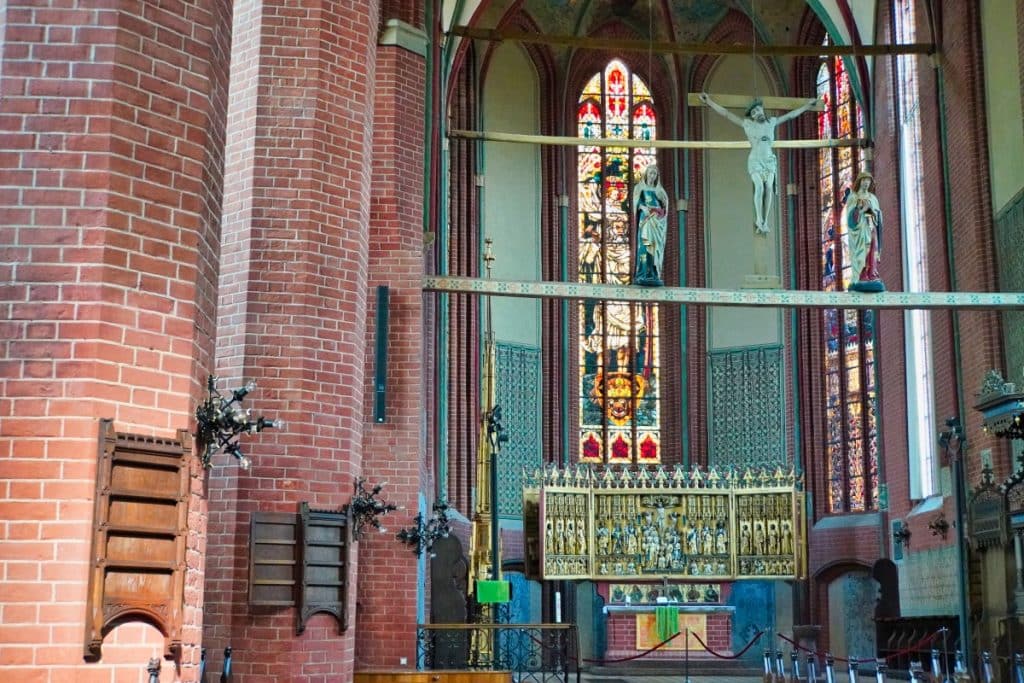
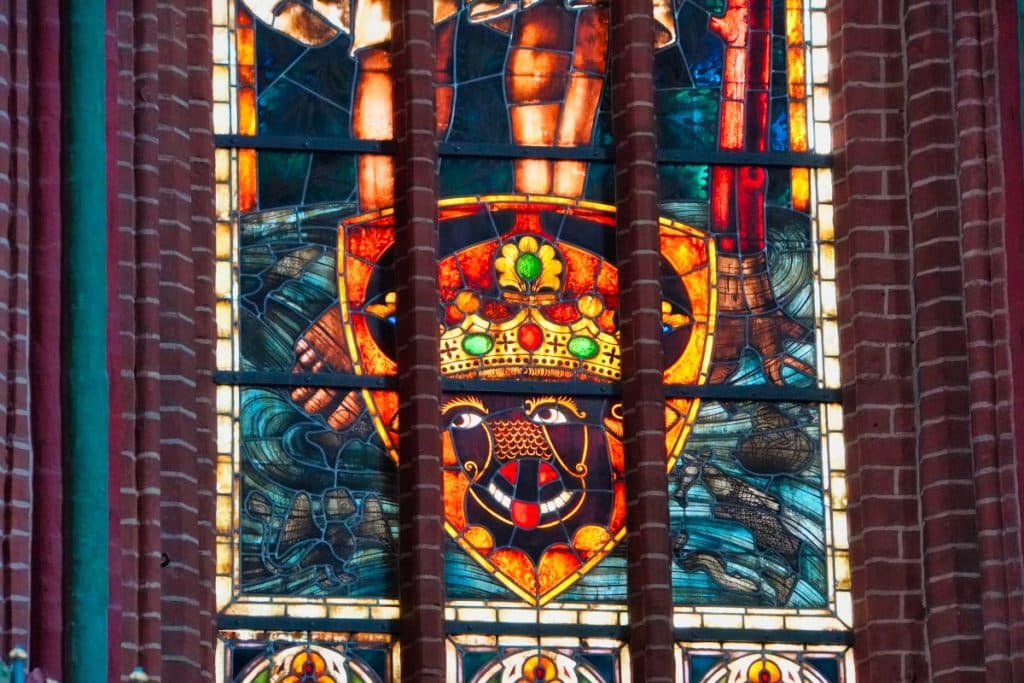
At the same time, interest in the concrete records of the past grew in Rostock and the “Verein für Rostocks Altertümer” (Association for Rostock’s Antiquities) was founded. Through gifts from Rostock citizens, allocations of the property of the dissolved crafts offices or the city mint, a significant stock of city and cultural history objects was quickly accumulated.
The buildings of the Museum of Art and the Museum of Antiquities were too small around 1887 and so it was considered to unite both collections under one roof. A new museum was built and opened on October 4, 1903.
During the Second World War, the museum’s managers tried to protect the exhibits by moving them to safes, bunkers or even churches and castles in rural areas. Unfortunately, great losses occurred nevertheless. Fortunately, the museum building was only slightly damaged and after the repairs in 1945, the collections could be returned and displayed again.
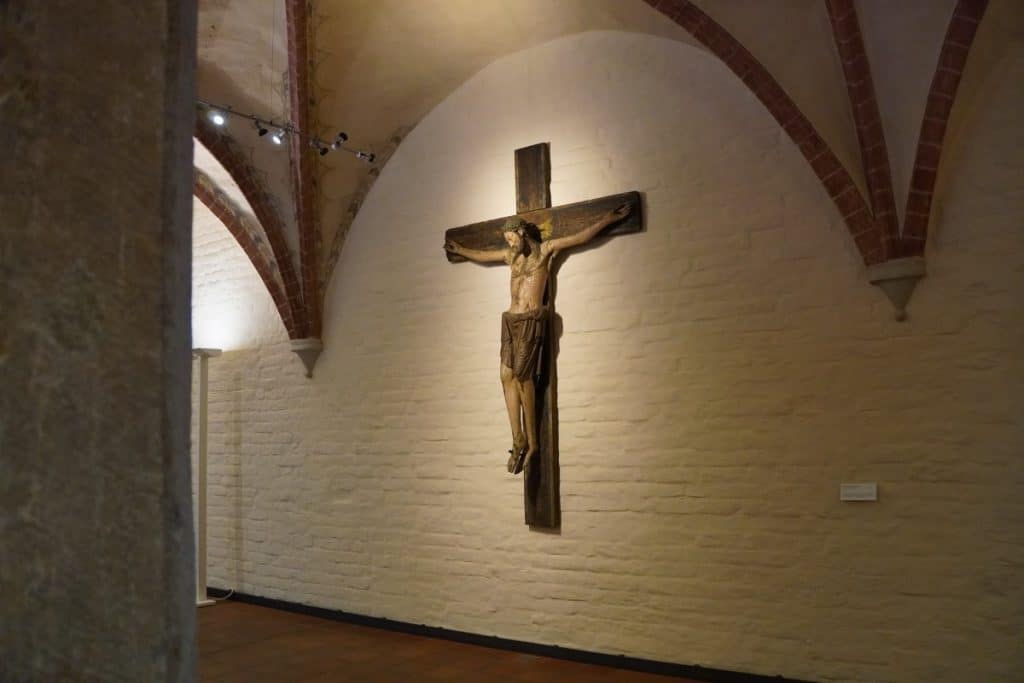
Rostock Museum of Cultural History from 1968
The Rostock Museum of Cultural History moved into the new rooms in 1976 after the reconstruction and conversion of the Holy Cross Monastery complex. After the political change in 1997, the restoration of the west wing could be started in order to implement a new concept, which was appropriate to the importance of the museum and its holdings for Mecklenburg-Western Pomerania and Northern Germany.
Since 2011, the Rostock Museum of Cultural History has once again presented itself completely as a modern exhibition house.
Tour
We were not attracted to the museum because of the outstanding collection of paintings of Dutch painting from the 16th to the 19th century or the modern paintings of the 20th century. Our interest was more personal. We were interested in the history of the city and in one of my ancestors who had once lived in Rostock and even held a political office. So we were looking for traces. Nevertheless, we also took a look at the other exhibition areas. I was particularly impressed by the area with sacred art.
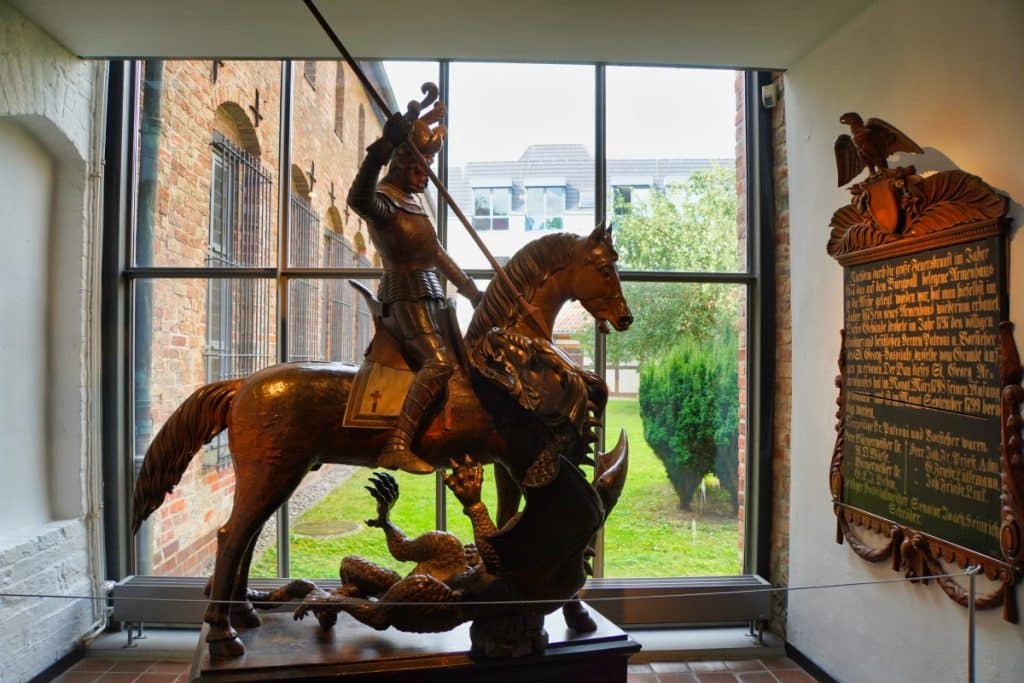
In the historical refectory, the museum displays a collection of pieces from the churches and monasteries in the region, which no longer exist today, and from the Holy Cross Monastery. This includes, for example, the statue of St. George from the St. George Hospital (2nd half of the 17th century).
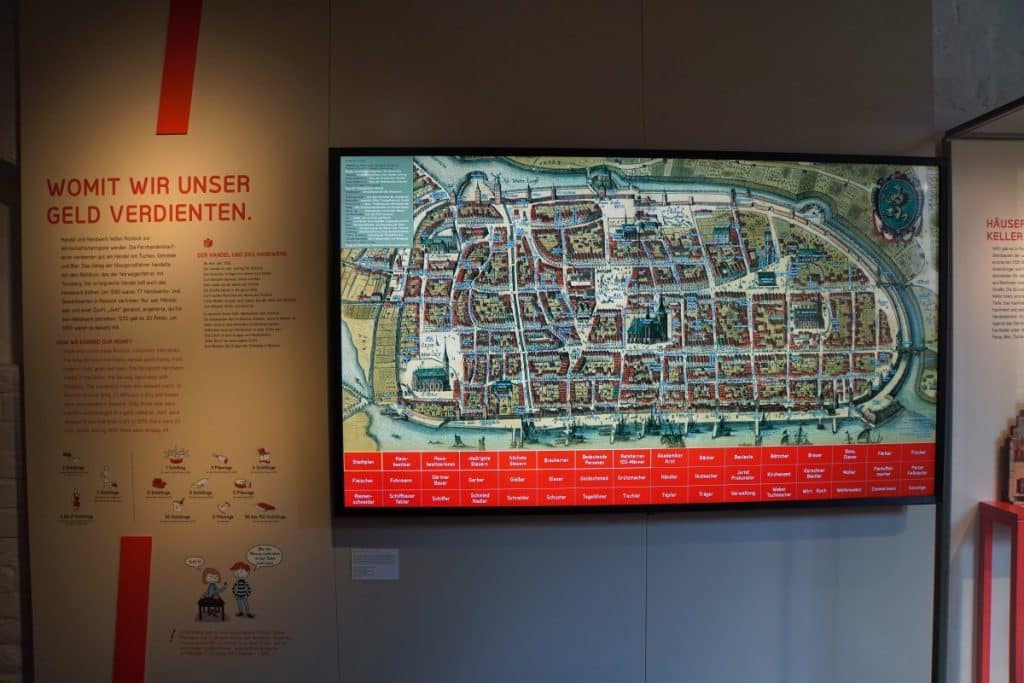
In the former cloister of the monastery, we then came across the information on Rostock’s city history that had actually drawn us to the museum. In a multimedia exhibition, we were able to learn about life in the city.
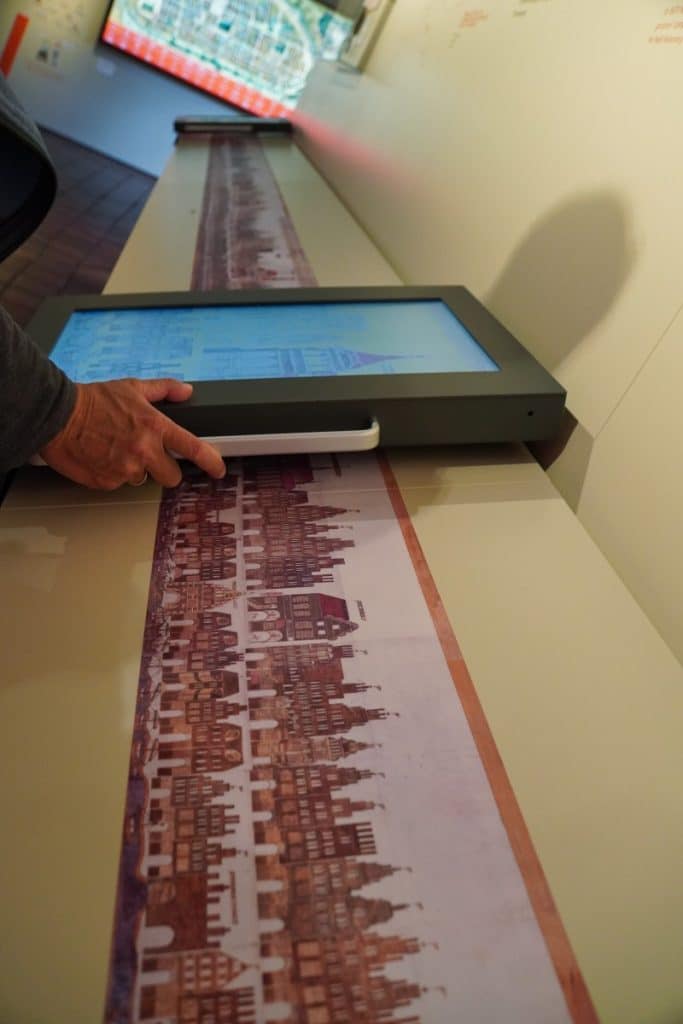
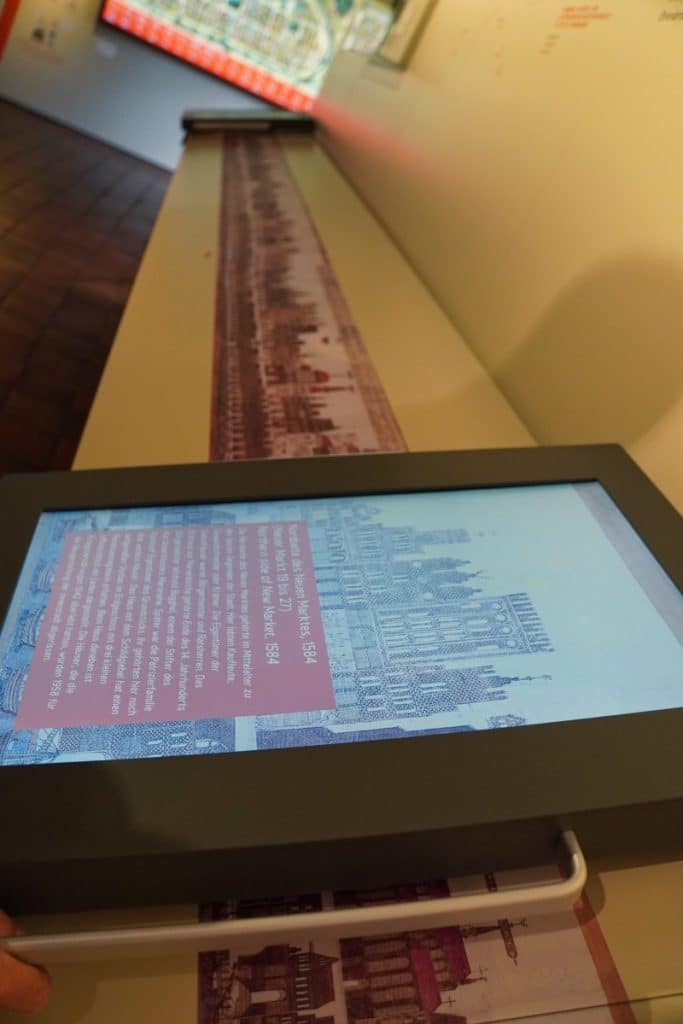
It is comprehensively dealt with the politics and the craft. Yes, and what can I say, we actually discovered on a map the reference to my ancestor of the Prehn family, who lived and worked in Rostock. Even the place of residence at that time was noted on a map. History can be so exciting!
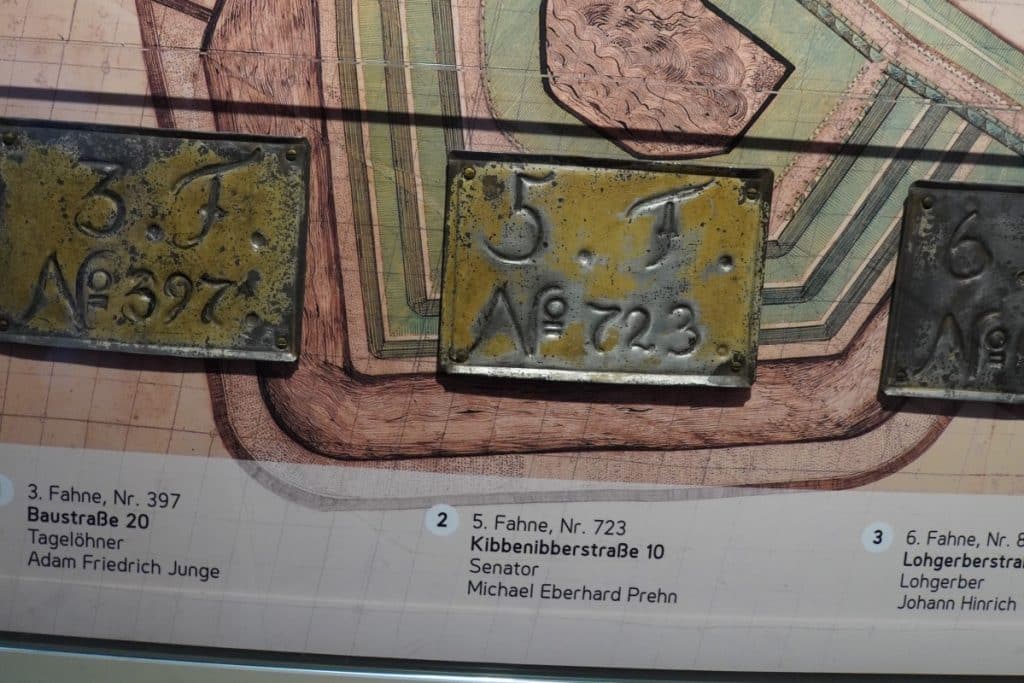
Address:
Kulturhistorisches Museum Rostock
Klosterhof 7
18055 Rostock
Opening hours:
Tuesday – Sunday
10 a.m. – 6 p.m.
Entrance fees:
free
Some of the special exhibitions are subject to a fee.
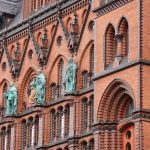


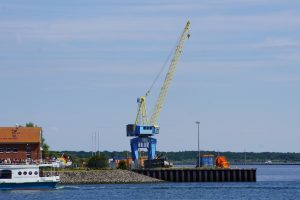

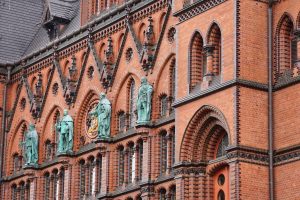
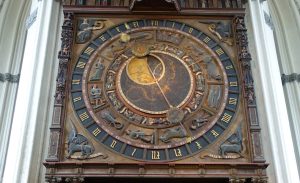
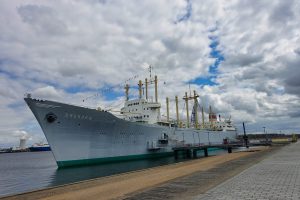

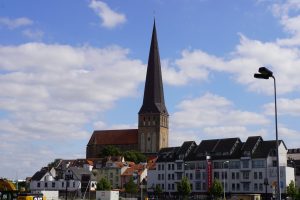
Leave a Reply